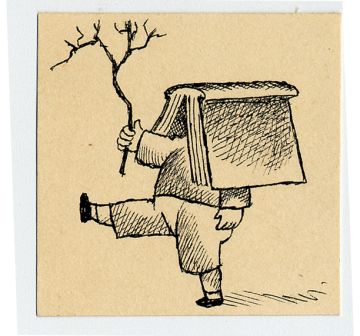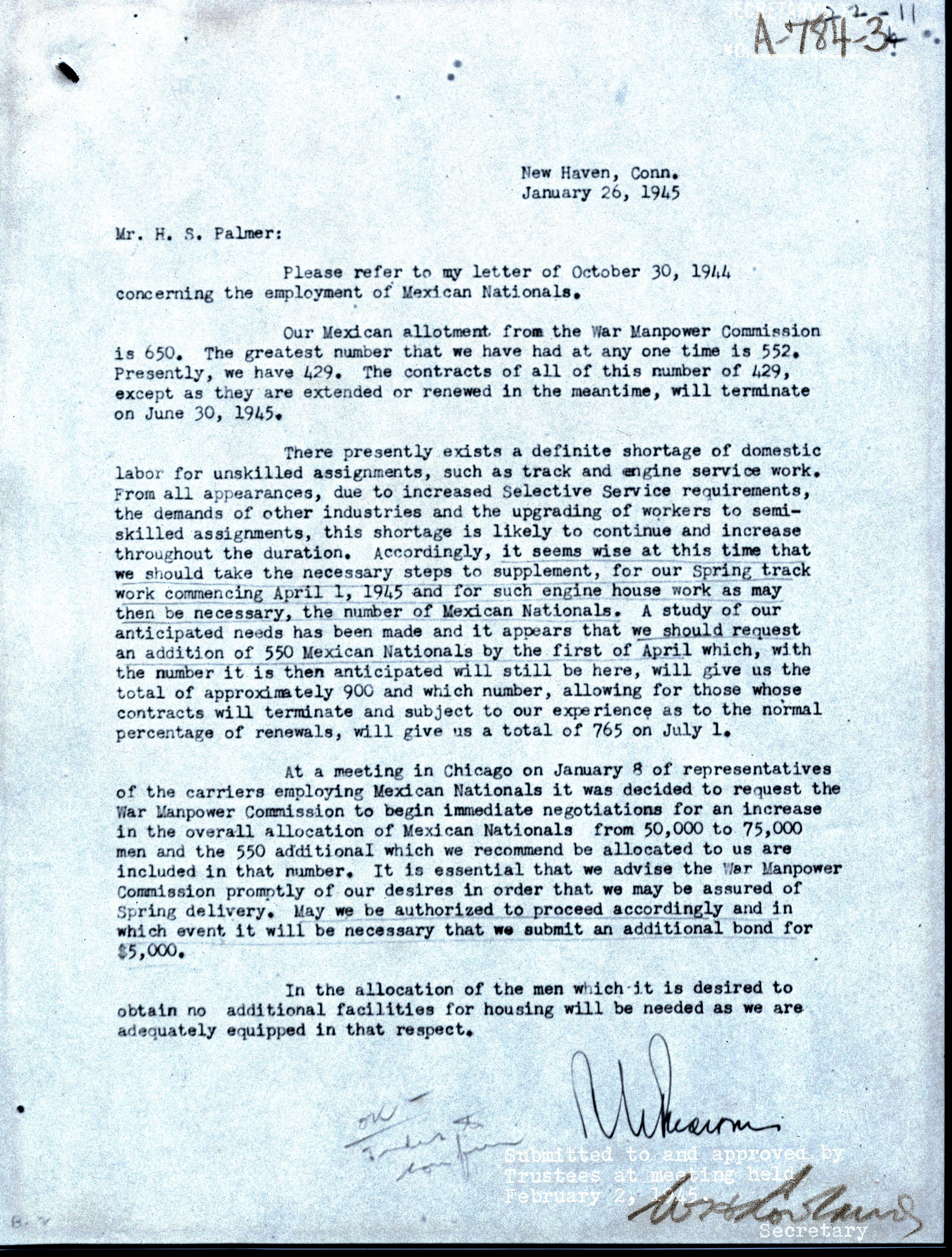At Archives & Special Collections in the Dodd Research Center, I examined the papers of three former members of Congress and the regional office of an organization of labor unions. My dissertation is about the politics of foreign trade in the United States since the late 1920s. The goal is to present the history in a way that makes possible an informed evaluation of the responsibility of the groups involved in the political process for the outcomes reached. To that end, my research has focused on the papers of politicians and politically active groups interested in trade issues.
Each of the collections that I examined fit this description. The William Cotter Papers provided insight into the thinking of a Democratic Congressman in the 1970s, who stuck with the traditional stance of his party in favor of lower trade barriers at a time when some of his colleagues were questioning that position. Cotter’s papers revealed his support for trade liberalization in the legislative efforts of 1974-75 and 1979, which allowed the Executive Branch to begin the multilateral Tokyo Round talks under the auspices of the General Agreement on Tariffs and Trade, and to implement in American law the resulting agreement to reduce trade barriers. Cotter’s letters showed the rhetorical nimbleness that a member of Congress from a state with economic interests as varied as Connecticut’s were in Cotter’s time had to possess on trade matters. Pursuing a pro-liberalization agenda would please Connecticut’s larger enterprises that had done well in the international economy, and would endear a Congressman like Cotter to successive presidential administrations that advocated freer trade. But it left him vulnerable to attacks by businesses and workers for whom foreign competition represented a threat rather than an opportunity.
The Barbara Kennelly Papers provided evidence of the same type, but of a different character. In the 1980s, like most other members of Congress, she opposed the efforts of a Democratic minority that sought to protect industries such as textiles, shoes, and steel that seemed to have been badly impacted by earlier trade liberalization. Connecticut had already lost most of these industries, and Kennelly positioned herself as the defender of her state’s consumers against the attempts of special interest groups to escape the competitive forces that kept prices down. Kennelly also jointed in the heady talk of expanded American exports that was common at the time, but did little to change the country’s long-term trade deficit. However, she viewed the interests of her state differently in the debates over NAFTA in 1993, when she became one of its leading opponents. Both Cotter’s and Kennelly’s papers contained a variety of materials that I can put to different uses: constituent letters and speeches that put their views in writing, background materials supplied by supporters and opponents of trade legislation, and internal memorandums from the Democratic House leadership and Study Group and various Congressional caucuses that suggested what those groups thought of these issues.
The Prescott Bush Papers are older and consisted mostly of his speeches and press releases, but they will help me a lot, because they show the perspective of a leading Republican opponent of trade liberalization at a time when the mainstream of his party was moving towards support for it. Bush’s position made him useful to the Eisenhower Administration, which included him as a needed dissenting voice on the Randall Commission, a body intended by the Administration to supply a report that would justify further trade liberalization. The Papers don’t contain much about Bush’s service on the Commission, but they show the fairly straightforward, anti-liberalization stance on trade issues that he took over the course of a decade, which encompassed the Eisenhower years and the Kennedy Administration’s push for the Trade Expansion Act of 1962. The Papers also show how a trade-skeptical Republican dealt rhetorically with the turn in his party’s trade politics. The copy of the oral history of Bush, which dated to the early 1970s usefully supplemented these papers with a few anecdotes and a plain-language statement of Bush’s understanding of trade liberalization.
The New England Region of the AFL-CIO Papers contained several folders containing the national body’s communications with its regional affiliates about NAFTA. Because of the prominent role of the AFL-CIO in the NAFTA debate, it was very handy to find so many of its press releases, materials for distribution both to members of unions and members of Congress, and internal communications in one place.
I also had the chance to visit the Homer Babbidge Library, where I found an memoir important to my topic that was published in Britain– one that I had not been able to find in libraries in my area.
I am very glad to have had the chance to visit Archives & Special Collections at the Dodd Center, and would recommend it to anyone with an interest in topics like mine. The archivists were friendly and extremely helpful, notwithstanding my frequent requests for boxes and the late hour at which I finished.
–Christopher Bordelon, Ph.D. candidate, Brandeis University and 2012 Strochlitz Travel Grant awardee
 The NCLC holds original Sendak illustrations from the book he did with Ruth Krauss in 1952, A hole is to dig. It was one of his first major books arranged by Ursula Nordstrom. The NCLC also hold a few illustrations for Somebody else’s nut tree by Krauss, published in 1958.
The NCLC holds original Sendak illustrations from the book he did with Ruth Krauss in 1952, A hole is to dig. It was one of his first major books arranged by Ursula Nordstrom. The NCLC also hold a few illustrations for Somebody else’s nut tree by Krauss, published in 1958.



